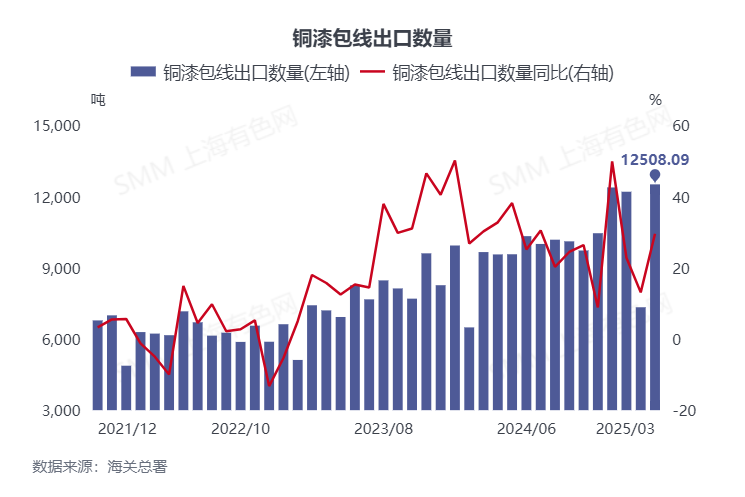The year was 1967 — the last time Canada experienced a surge in national sentiment like today’s “elbows up” response to U.S. President Donald Trump’s chaotic provocations.
Then, as now, there was flag-waving, though the maple leaf flag was just two years old. Then, as now, tourism within Canada soared. And then, as now, there was concern about control over our future in an economy overshadowed by foreign ownership, particularly of the American persuasion.

By the 1960s, foreign corporations owned almost 60 per cent of manufacturing production in Canada, two-thirds of mining, three-quarters of electrical apparatus, and 99 per cent of petroleum refining. These corporations weren’t here to do us any favours. They were here to make profits.
The ensuing years saw the creation of the Canada Development Corporation and the Foreign Investment Review Act to prevent deepening economic occupation of Canada’s resources, production and politics. When the Arab oil embargo over the Yom Kippur War quadrupled world oil prices in 1972, the government of Canada created Petro-Canada. The National Energy Program (NEP) of 1980 was the last, controversial attempt to make Canada energy independent.
The NEP became the turning point in a 20-year run by the Liberals (interrupted for six months in 1979 by Joe Clark’s Progressive Conservatives). What followed, from 1984 to 1993, was back-to-back majority Conservative governments that reduced spending, taxes and regulations, and turned to privatization and free trade to boost growth. Today, partly due to that earlier wave of economic nationalism, Canadians now own much more of what they produce than they did in the 1960s.
You may be surprised to learn that from 2007 to 2022, the level of foreign ownership in Canada has mostly fallen. According to Statistics Canada , that’s because assets of Canadian-controlled companies have grown more quickly than those of foreign-controlled companies. Still, foreign owners control about 45 per cent of all manufacturing assets, 35 per cent of oil and gas extraction, and 30 per cent of mining.
Half of all foreign-owned assets in Canada are American. But foreign ownership is concentrated in the sectors most exposed to on-again-off-again U.S.
tariffs. All auto production is owned by foreign interests, both American (the Detroit 3 companies of Ford, GM and Stellantis) and Japanese (Honda and Toyota). The three biggest steel companies (Algoma, Stelco and ArcelorMittal Dofasco) are foreign-owned, as are the three biggest aluminum companies (Alcoa, Aluminerie Alouette and Rio Tinto).
Who knows how many companies will ultimately decide that Trump’s volatile policies make Canada an unsustainable choice for investment. If they go, assets will be available at fire-sale prices. American buyers will also get $1.
40 in Canadian denominated assets for every U.S. dollar they spend.
Oh Canada: so beautiful; so cheap; so available. Our baseball caps say Canada is not for sale, but our businesses say otherwise. Days ago, U.
S. investment management company Blackstone struck a $7-billion deal with Rogers’ wireless network, controlling 49.9 per cent of the company, its cell towers and spectrum holdings.
If it turns profits by getting rid of the unions that maintain the towers, or by leveraging the real estate, or by simply charging more for access to the internet or stripping it for parts, is that in the public interest? Current industrial policy in Canada treats telecoms and other infrastructure more like just-another-business rather than utilities for public good. That’s why today feels a lot like 1967. We are strong and united now, but to stay that way we need to deliberately defend our economic independence.
When Trump invoked Canada as the 51 st state, the visceral response from Canadians was #Never51st. We need an equally visceral response from the parties who want your vote in this election. We need to hear them acknowledge what is at stake: as the 10th largest economy on the planet, we could lose industrial capacity.
So far, the two front runners’ main strategy is to incentivize more private-sector investment, but leveraging capital from anyone, anywhere, is not strategic. And it could backfire. The economic shakeout the world is going through will reduce the number of small businesses and increase corporate concentration.
The big will get bigger, and their interests will dominate ours if we let them. And, as publicly traded stock markets see trillions of dollars vanish overnight, private equity stands by with trillions of dollars ready to be deployed, but they don’t have to tell us how they’re generating profits or if those returns are durable. That’s the nature of private equity.
An industrial strategy in 2025 requires clear rules about limits to market share, enforced by the Competition Bureau. It requires better rules around disclosure, especially from private equity. We need vigilance over this stage of economic evolution.
We need a strategy for growth that benefits Canadians, not just businesses. Yes, protect production capacity in resources, energy, manufacturing and defence; but, please, also protect our physical and social infrastructure, from digital services to water systems, roads and ports, from child care to health care to long-term care. For decades the promise was that you, too, could be part of the ownership society.
If we’re not careful we’re going to drift from an ownership society to being owned..
Business

Our baseball caps say Canada is not for sale. Now it's time to prove it

Foreign owners control about 45 per cent of all manufacturing assets, 35 per cent of oil and gas extraction, and 30 per cent of mining, Armine Yalnizyan writes.















